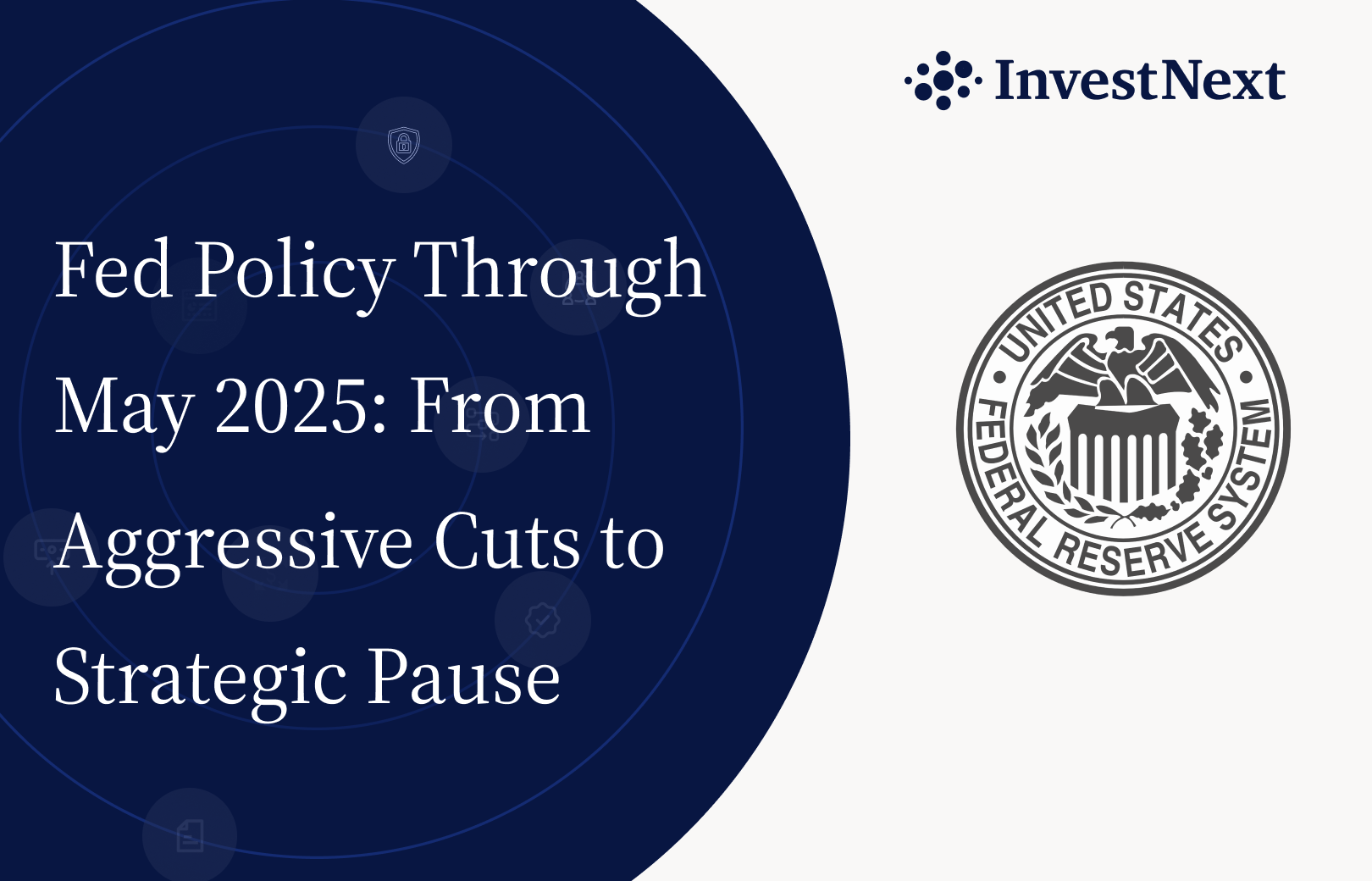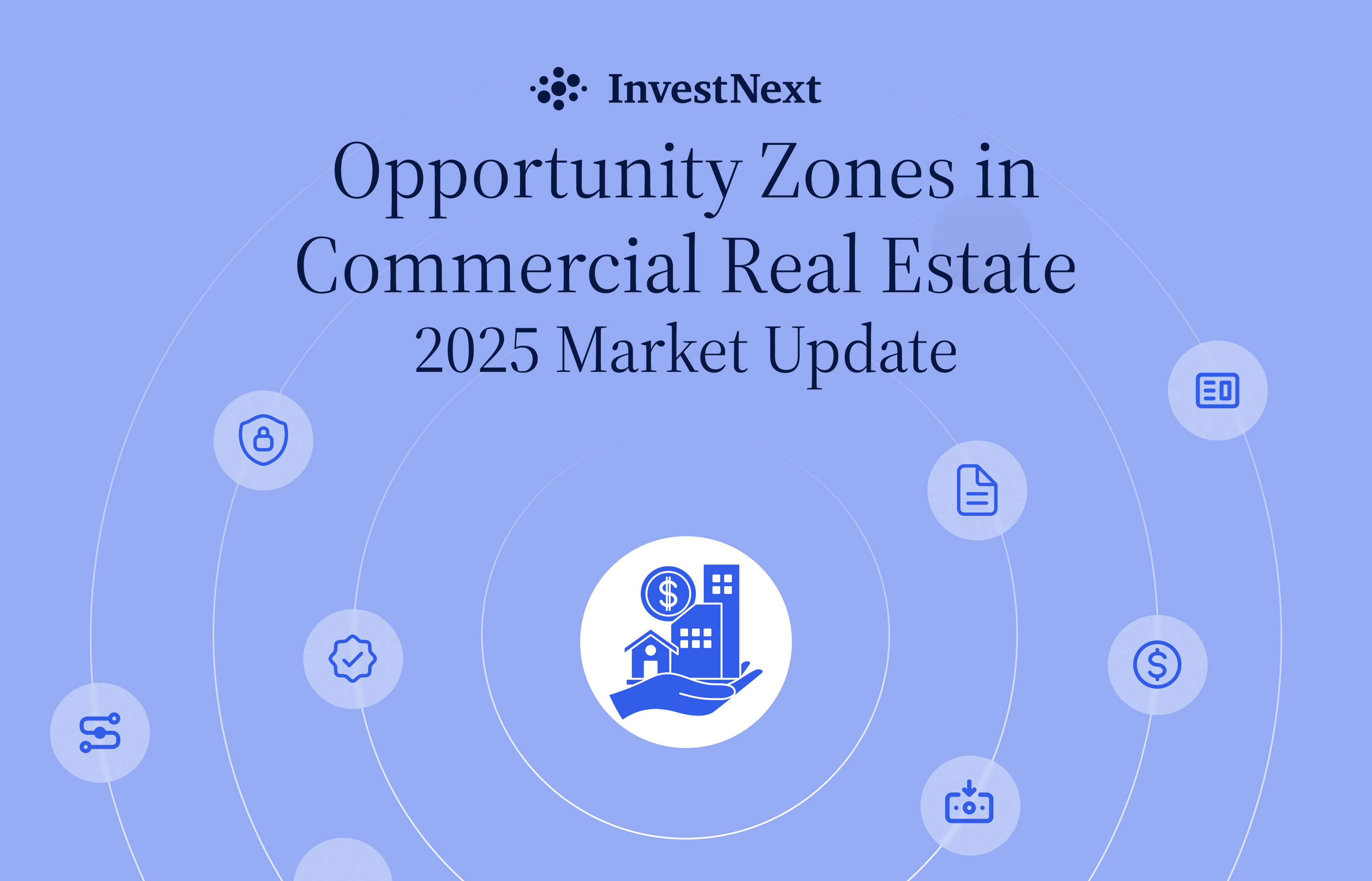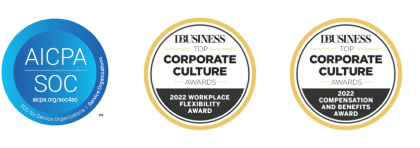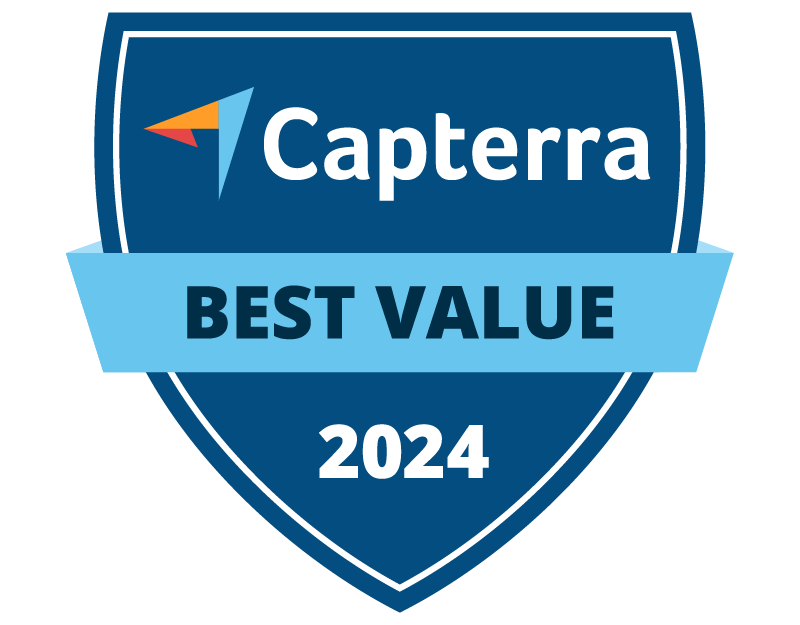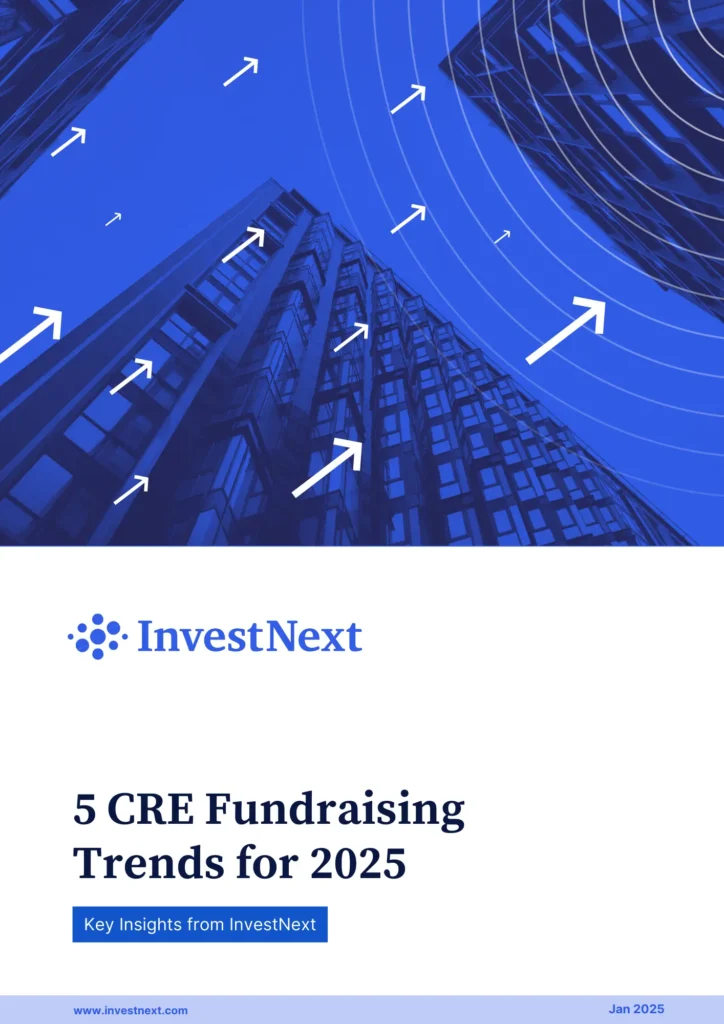Key Takeaways:
- Multifamily fundamentals are strengthening with vacancy rates projected to improve to 4.9% by year-end 2025
- New supply is falling dramatically, with construction starts down 74% from their 2021 peak
- The gap between owning and renting costs has widened to 25%—the highest in 15 years—supporting rental demand
- Regional variations create distinct investment opportunities across Sun Belt, Northeast/Midwest, and coastal markets
- The approaching $1.5 trillion debt maturity wave presents both challenges and acquisition opportunities
- Operational excellence and risk management across capital structure, operations, and compliance are becoming critical success factors
Heading into 2025, the multifamily market is showing signs of stabilizing after a challenging year. While 2024 brought record supply levels and interest rate pressures, strong renter demand has kept the sector resilient—and it remains the top choice for commercial real estate investors. For fund managers navigating this transition, both challenges and opportunities are emerging.
The numbers tell an encouraging story for 2025. Vacancy rates are expected to improve to 4.9% by year-end, with rents growing at 2.6% annually according to CBRE’s latest projections. This recovery comes at a critical time, as new construction starts are set to drop significantly—down 74% from their 2021 peak by mid-2025. This pullback in new supply should help properties that have been dealing with local market competition.
The market’s strength hasn’t gone unnoticed by major players. Recent deals highlight continued confidence in multifamily: KKR invested $2.1 billion to acquire 5,200 units, while Blackstone purchased Apartment Income REIT for $10 billion. These moves make sense when you look at the housing market—it now costs about 25% more monthly to own a home than rent one, the biggest gap we’ve seen in 15 years. This spread continues to drive rental demand across markets.
Market Overview: Supply and Demand Reaching Balance
The multifamily sector closed 2024 with stronger fundamentals than many expected, driven by robust economic growth and persistent barriers to homeownership. Despite earlier concerns, the U.S. economy grew at 2.7%—exceeding most projections and providing a solid foundation for rental housing demand.
What surprised many observers was the market’s ability to absorb an unprecedented 520,000 new units, demonstrating remarkable depth in rental demand despite economic headwinds. The housing affordability crisis continued to play a significant role, with median home prices reaching $415,000 and only about 27% of U.S. households qualifying for standard mortgage loans.
Looking forward, we’re seeing clear signs of a shifting supply landscape. Permit activity dropped 24% year-over-year in 2024, with some markets seeing even sharper declines (Miami: -77.8%, Austin: -60.5%, Houston: -61.0%). This construction slowdown, combined with strong absorption of existing inventory, suggests a more favorable supply-demand balance heading into the latter half of 2025.
Capital Markets: Improving Sentiment and Strategic Opportunities
The capital markets story in 2024 was one of gradual improvement and strategic adaptation. The Burns + CRE Daily Fear and Greed Index tells an encouraging story, with multifamily scoring 62 on their expansion sentiment scale—outperforming office (43) and slightly ahead of industrial (63). This positive sentiment represents a weighted analysis from hundreds of active investors signaling intentions to increase market exposure.
While multifamily values declined 7% year-over-year, the forward-looking projection is considerably more moderate, with experts expecting just a 2% decline in the first half of 2025. This signals we may be approaching the bottom of the price adjustment cycle.
One of the biggest stories heading into 2025 is the approaching wave of debt maturities. About $1.5 trillion in commercial real estate debt comes due by the end of 2025, with a significant portion in multifamily. This maturity wave isn’t just a challenge—it’s potentially a significant opportunity for well-capitalized investors able to seize attractive acquisition opportunities throughout the year.
Geographic Market Analysis: Region-Specific Strategies Required
The multifamily market tells very different stories depending on location, creating distinct investment approaches for different market types.
Sun Belt markets demonstrated both their enduring appeal and near-term challenges. Dallas-Fort Worth emerged as a prime example, leading the nation in both job creation and new supply with 36,100 units delivered. Despite this new inventory, strong employment growth and robust household formation provided crucial support for the market’s expanding inventory.
In contrast, Northeast and Midwest markets benefited from more modest supply pipelines, strong rental retention rates, and sustained pricing power in established submarkets. Particularly notable was the performance of urban cores in these regions, which absorbed over 50,000 units during 2024, marking a significant shift from pandemic-era trends.
Several emerging markets combined elements of both gateway and Sun Belt success stories. Orlando led the nation in household formation while maintaining elevated rent growth projections. Las Vegas demonstrated strong migration patterns while avoiding oversupply concerns. Houston’s story centered on affordability and opportunity, recording the second-largest labor force expansion forecast among major metros.
Investment Strategies: Beyond Acquisition to Execution
Success in 2025’s multifamily market depends not just on what you buy, but how you execute—from deal structure to daily operations. With operating expenses growing faster than historic averages and pressures from insurance, labor, and maintenance costs, operational excellence has become a critical differentiator.
The market’s evolution is changing how investors approach both value-add and core strategies. Value-add deals, which dominated the last cycle, now require more careful consideration with a focus on operational improvements rather than major capital projects. For core assets, markets with strong fundamentals but temporary supply pressure (like Phoenix and Austin) are creating opportunities to acquire high-quality, newer vintage properties at attractive bases.
Today’s multifamily market demands a more sophisticated approach to risk management across three critical dimensions:
- Capital Structure: Maintaining higher liquidity levels, building relationships with multiple capital sources, and creating flexibility in financing structures to navigate the changing interest rate environment.
- Operational Excellence: Adopting technology for streamlining operations, implementing systematic approaches to property management, and utilizing efficient investor communication systems that build transparency and trust.
- Compliance Management: Enhancing investor verification processes, meeting expanding ownership reporting requirements, and maintaining rigorous documentation practices to satisfy increasing regulatory scrutiny.
Taking Your Multifamily Strategy Further
The evolving multifamily landscape demands more than just smart acquisitions—it requires sophisticated operating systems, seamless investor management, and institutional-grade compliance. Fund managers and operators need robust, adaptable tools to navigate today’s complex market environment.
By centralizing investment operations on a comprehensive platform, multifamily operators can focus on what matters most: finding deals, building relationships, and growing portfolios. The result is more efficient operations, enhanced investor satisfaction, and a stronger competitive position in today’s demanding market.
“The introduction of technology reshaped our approach,” notes Mike Williams, VP of Investor Relations at Open Door Capital. “What started as a way to handle basic operations turned into a competitive advantage, helping us scale from $50 million to $400 million in capital under management in just four years.”
This market overview is based on data from multiple industry sources including CBRE, Burns + CRE Daily Fear and Greed Index, Marcus & Millichap, and the National Association of Home Builders.
FAQs: Finding and Engaging Multifamily Investors
How To Find Multifamily Investors
Start by tapping your network—friends, colleagues, and professional contacts can often lead to investor introductions. Attend local meetups, join LinkedIn groups, and explore real estate forums. For broader exposure, work with a placement agent who specializes in connecting operators with active multifamily investors.
What Is The 1% Rule In Multifamily
The 1% rule says your monthly rent should equal at least 1% of the purchase price. For example, a $400,000 property should bring in at least $4,000 in monthly rent. It’s a quick way to screen for income-generating deals, but deeper analysis is always recommended.
How To Find Multifamily Property Owners
Search tax assessor or property appraiser records by address to find ownership info. Online tools like Reonomy and county GIS maps make it easier to identify owners and access mailing details for direct outreach.
How To Find Lp Investors For Real Estate
Start with your existing network and ask for referrals. Share your track record, deals, and insights through newsletters or webinars. LPs are drawn to clarity, consistency, and operators who manage risk well. Online syndication platforms can also help expand your reach.
How To Attract Silent Investors
Focus on trust and transparency. Present a clear, professional pitch, offer passive roles with defined terms, and highlight your experience. Platforms like AngelList and real estate crowdfunding sites can connect you with pre-qualified, hands-off investors.
Best Platforms To Connect With Real Estate Investors
LinkedIn, BiggerPockets, and Meetup are top platforms for networking with investors. For capital raising, consider CrowdStreet or RealtyMogul. These tools help you share your story, publish updates, and build relationships with active multifamily investors.


